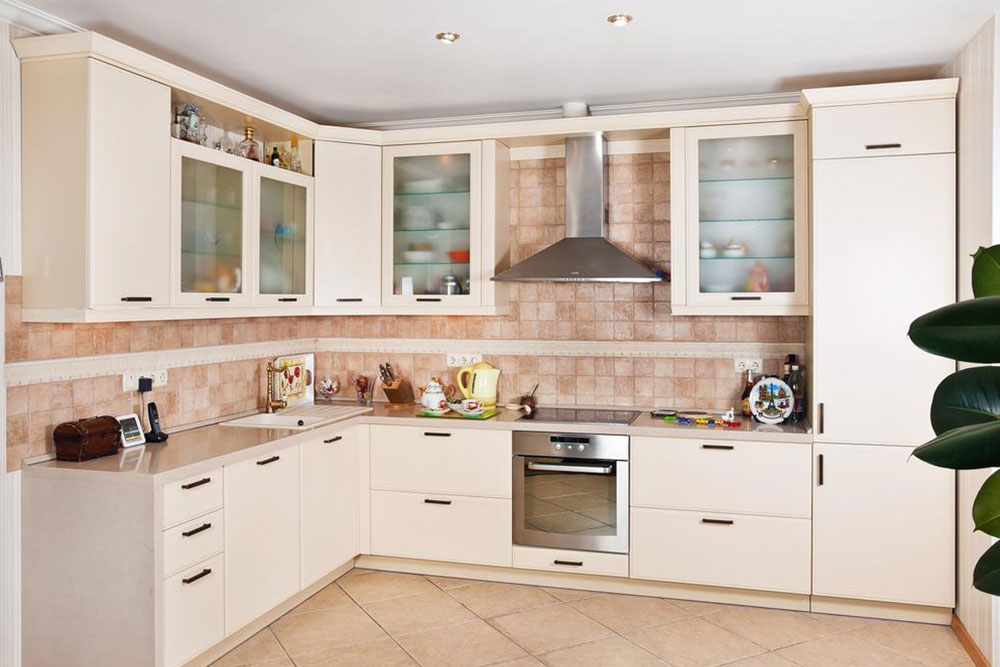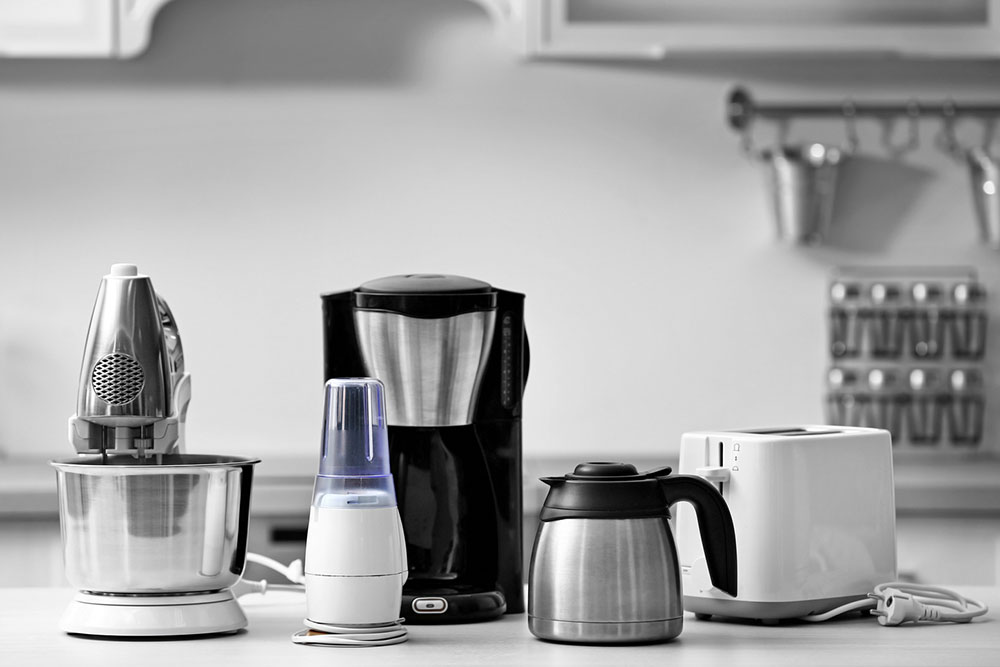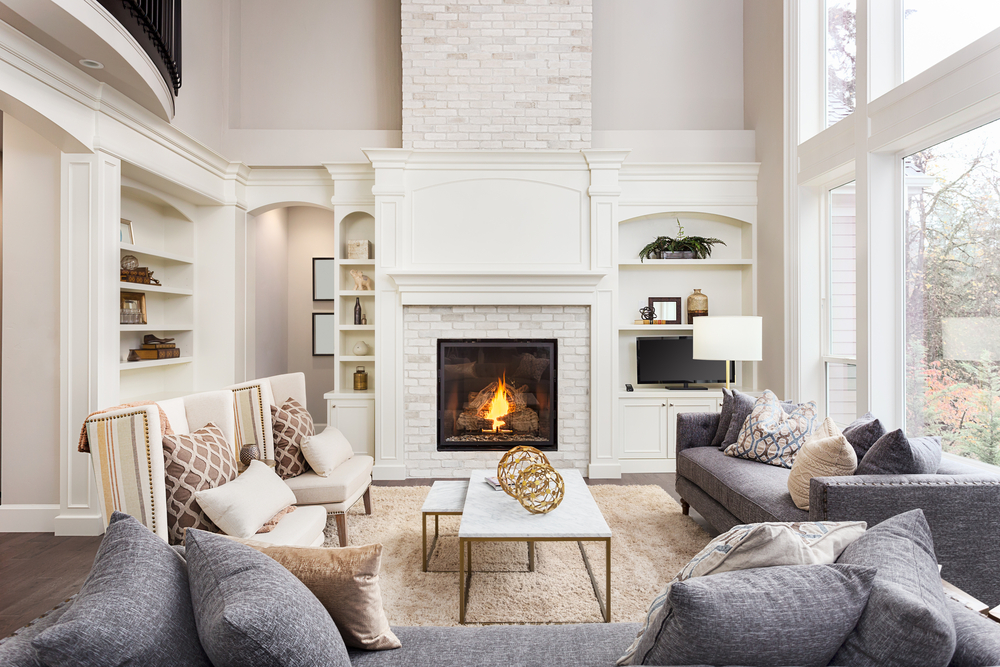Transforming Kitchens Through the Ages
Explore the fascinating history of kitchens, from smoky, utilitarian spaces to bright, inviting family hubs. Discover technological advances and cultural shifts that shaped the modern kitchen design, emphasizing functionality and comfort tailored for today’s homes.
Sponsored

The kitchen often holds a special place in the home, serving as the heart of family life even more than the living room. For many, it evokes memories of shared meals, quick breakfasts before school, and heartfelt conversations around the table. But have kitchens always been central gathering spots? Historically, they were purely functional spaces, especially when meals were primarily homemade.
In earlier times, kitchens were utilitarian, designed for cooking rather than comfort. They were often smoky, heated by open fires, with walls stained with soot. Wealthier households had large, well-equipped kitchens with staff preparing grand meals, while poorer homes had smaller, simpler versions.
Until about a century ago, kitchens were tucked away from entertainment areas to minimize smoke and odors. In British colonies, kitchens were often separate structures in the backyard, as households butchered livestock at home rather than buying pre-packaged meat.
Materials used for cookware included terra cotta, stone, cast iron, and copper—metal types that prevailed until recent technological advances introduced lightweight, non-stick materials. Stoves originally consisted of open hearths powered by wood or coal, often with kettles hanging above. Chimneys appeared early in England’s kitchens around the 12th century, but widespread adoption took centuries.
The introduction of chimneys revolutionized kitchen design by reducing smoke and soot, creating brighter, more welcoming spaces. Over time, innovations such as compact, easy-to-clean stovetops and utensils transformed kitchens into warm, family-oriented environments, the heart of the modern home.






